In the fast-paced world of Drone Technology, when a well-known brand makes a comeback, it’s something everyone talks about. On 3DR’s website, a prominent message says “The Return,” hinting that the California-based company might be making a big move back into the drone business.
It’s not just the announcement that’s grabbing our attention, but also the photo of a drone underneath the headline.
A high-tech, four-rotor aircraft that shows just how much the company wants to soar to new heights in a very competitive, DJI-dominated drone market.
Looking down at the drone featured on 3DR’s homepage, you can see it’s purpose-built, with a strong, lightweight carbon fiber airframe and all the electronic components exposed. It has four arms, each ending with a rotor made of carbon fiber blades.
The middle of the quadcopter is where all the action happens, filled with all the electronics that control it. Right on top, there’s a Taoglas GPS antenna.

The Taoglas GPSF.36.7.A.30 is a small, high-performance ceramic antenna for precise location tracking, compatible with multiple satellite systems like GPS, Galileo, GLONASS, and BeiDou.
Underneath the drone, we see a white sphere-like part, which could be an LED light for drone light shows or a cover of some sort.
What stands out is that no camera or payload is visible, but we suspect this is because the drone is likely highly customizable.
We expect that 3DR will ‘return’ with more information soon about the drone and the company’s plans for the future. So, stay tuned.
The Origins of 3DR
Founded in 2009, 3DR (3D Robotics) began as a beacon of innovation in the Drone Industry. Chris Anderson, a writer and businessman, and Jordi Muoz, a Mexican engineer, founded the company, which quickly gained popularity for its recreational and commercial unmanned aerial vehicles (UAVs).
The two met through Anderson’s DIY Drones community, which catered to enthusiasts of aerial vehicles. Initially headquartered in Berkeley, California, 3DR established itself by offering a range of products, from consumer drones to ready-to-fly quadcopters for aerial photography and mapping, as well as fixed-wing UAVs.
The Early Successes
In the early years, 3DR gained significant attention for its innovative products. The Solo Drone, released in May 2015, targeted both consumer and professional markets for aerial photography.
The IRIS+ Drone, designed for recreational use, was launched in September 2014, equipped with a GoPro camera. Additionally, the X8 Quadcopter, released in November 2014, offered two versions catering to aerial photography and mapping applications.
Another notable product, the AERO-M Fixed Wing UAV, was designed for creating georeferenced maps, benefiting industries like farming and construction.
Challenges and Evolution
Despite early triumphs, 3DR faced challenges. In 2016, the company and the Ardupilot development community parted ways over licensing disagreements, marking a significant shift in their business model.
A former employee of 3DR referred to the decision to stop producing drones by March 2016 as a “$100 million blunder based on ineptitude.”
However, the company adapted by focusing on Drone Software and data analytics, targeting sectors like construction, engineering, mining, and government agencies.
This pivot was crucial for 3DR’s survival and subsequent resurgence.
3DR’s Current Focus
Today, 3DR’s primary offerings are centered around its Site Scan platform and professional flight controllers, like the Pixhawk and APM 2.6 models.
These products are intended for multi-rotor stabilization control in various applications, including aerial photography, mapping, and personal enjoyment. 3DR’s technological prowess is evident in its Pixhawk autopilot system, which is designed with advanced processor and sensor technology.
The company’s dedication to innovation is further underscored by its role as a founding member of the Dronecode Consortium, established in 2014 under the Linux Foundation.
The Consortium aims to develop affordable and reliable UAV software using open-source Linux, with notable members like Intel and Qualcomm.
The Future of 3DR
3DR’s journey is a testament to resilience and adaptability in the face of industry challenges. From a pioneering drone manufacturer to a leader in drone software and data analytics, the company has demonstrated its ability to evolve with the times.
3DR’s announcement of “The Return.” makes us curious and looking forward to what the US-based company will do next!



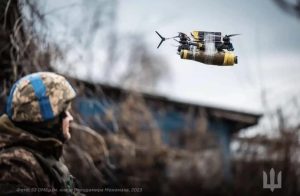


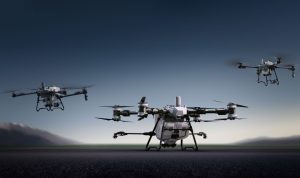
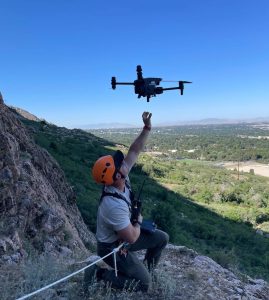

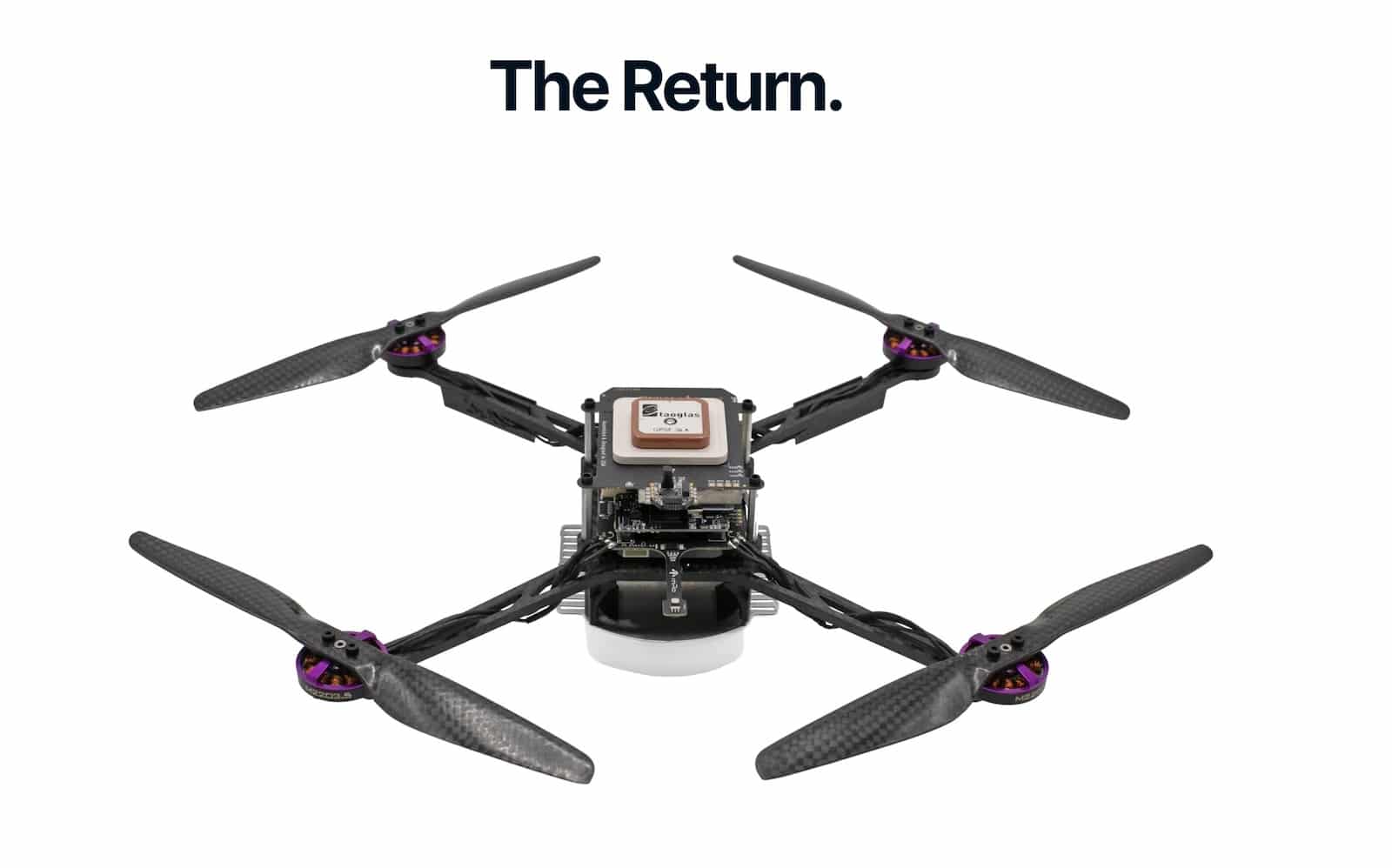



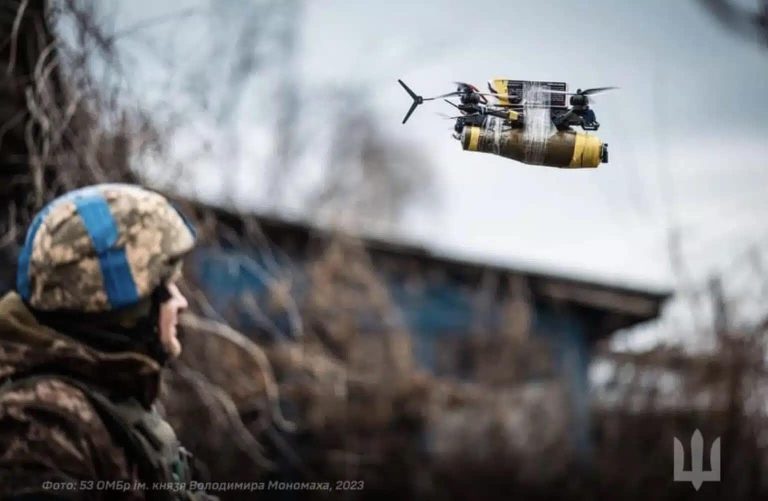





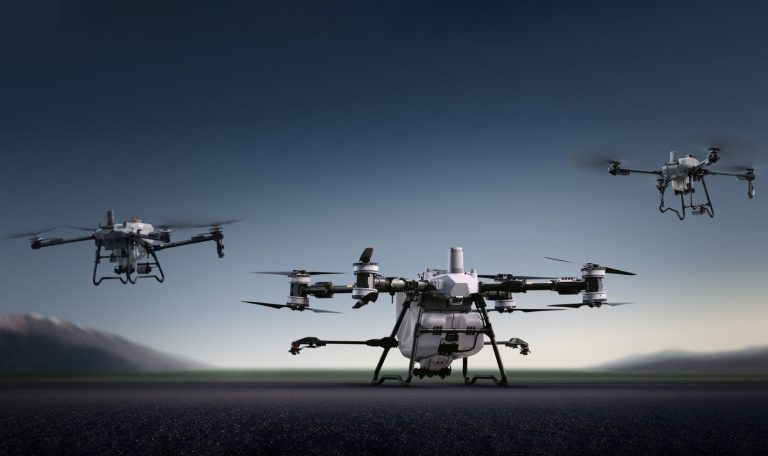
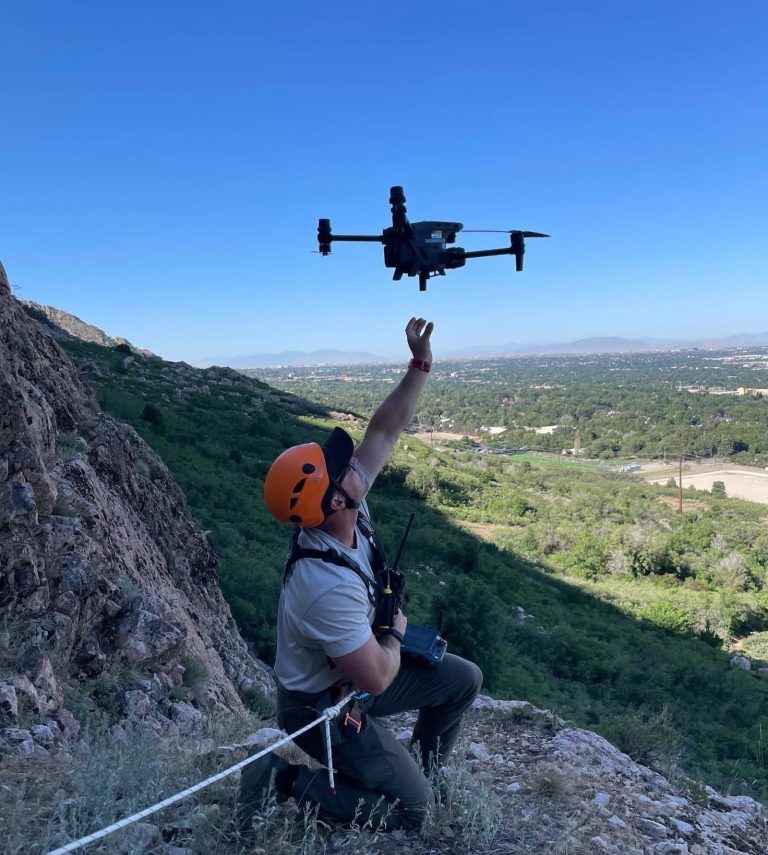
+ There are no comments
Add yours